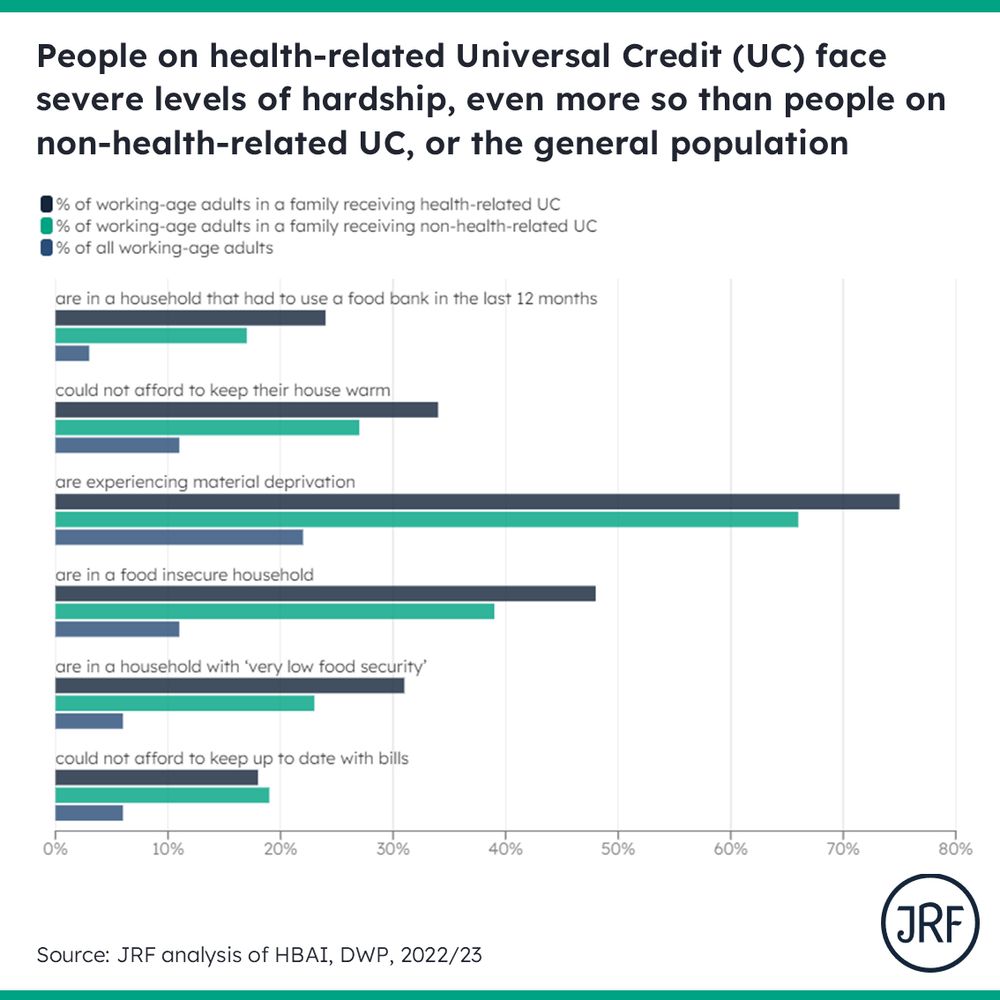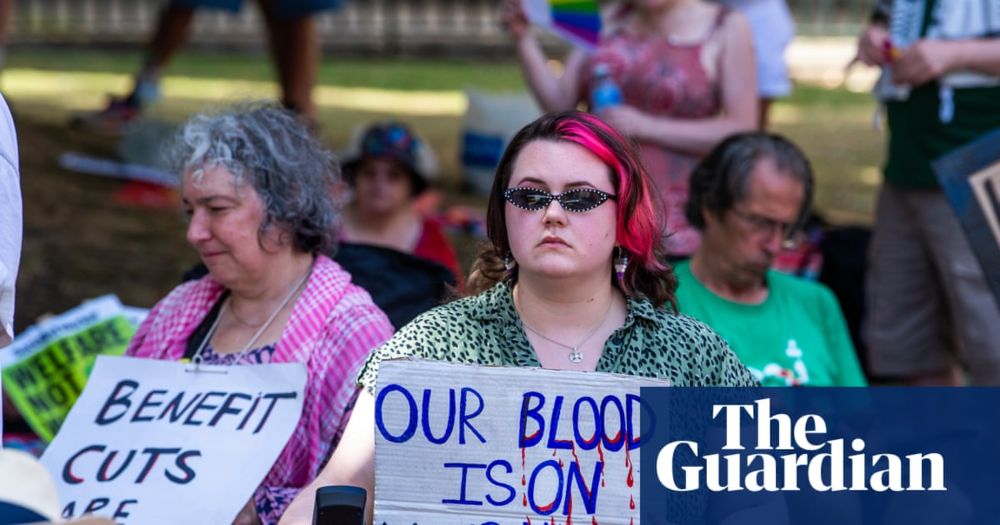Iain Porter
@iainkporter.bsky.social
1.3K followers
590 following
110 posts
Senior Policy Adviser at the Joseph Rowntree Foundation
@jrf-uk.bsky.social https://www.jrf.org.uk/
Posts
Media
Videos
Starter Packs
Iain Porter
@iainkporter.bsky.social
· Jul 29
Reposted by Iain Porter
Iain Porter
@iainkporter.bsky.social
· Jul 8

Spring statement social security changes – updated impact on poverty levels in Great Britain, July 2025
This ad hoc analysis provides estimates of the impact of changes to Universal Credit on poverty levels following revisions to the previously announced policy.
www.gov.uk
Reposted by Iain Porter
Iain Porter
@iainkporter.bsky.social
· Jun 30
Iain Porter
@iainkporter.bsky.social
· Jun 30
Iain Porter
@iainkporter.bsky.social
· Jun 30

No workaround • Resolution Foundation
In March, the Government released its Pathways to Work Green Paper, setting out a package of welfare reforms that amounted to a net reduction in spending of £4.8 billion in 2029-30. On the Government’...
www.resolutionfoundation.org
Iain Porter
@iainkporter.bsky.social
· Jun 30
Iain Porter
@iainkporter.bsky.social
· Jun 30









